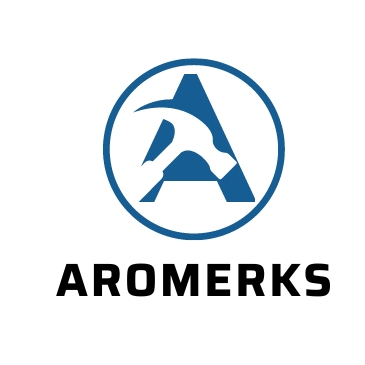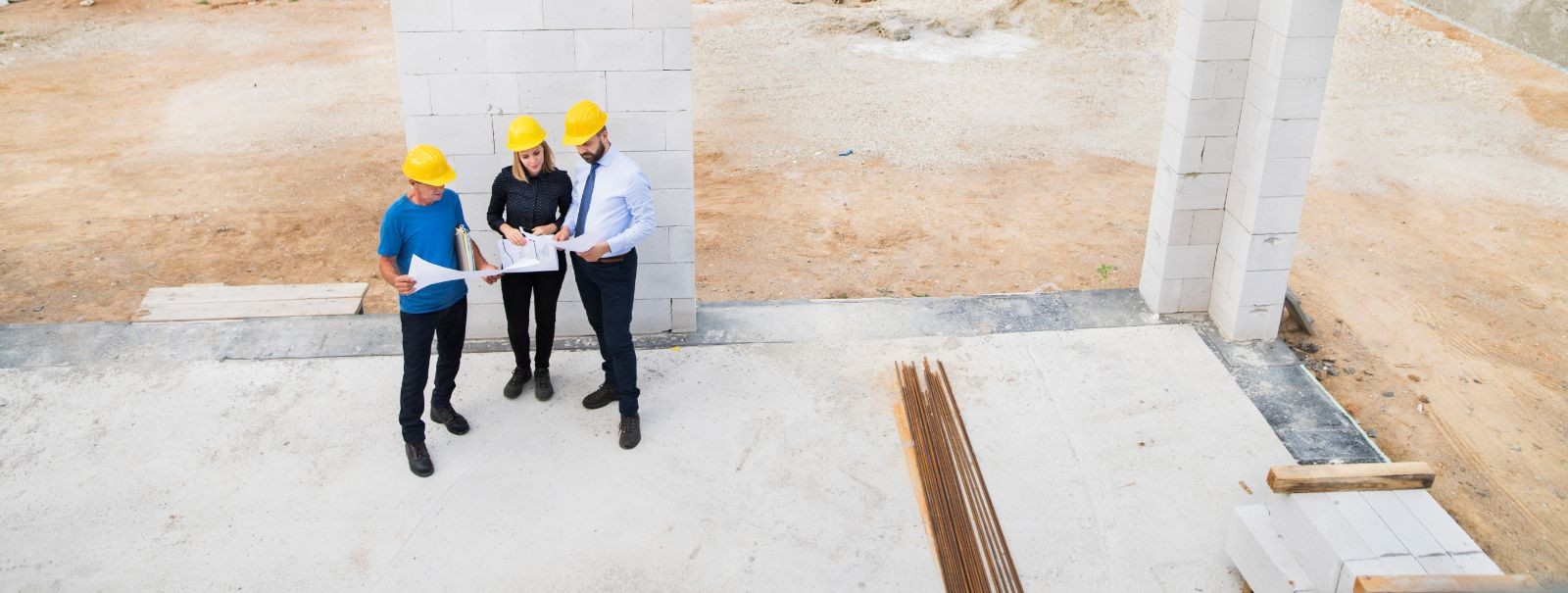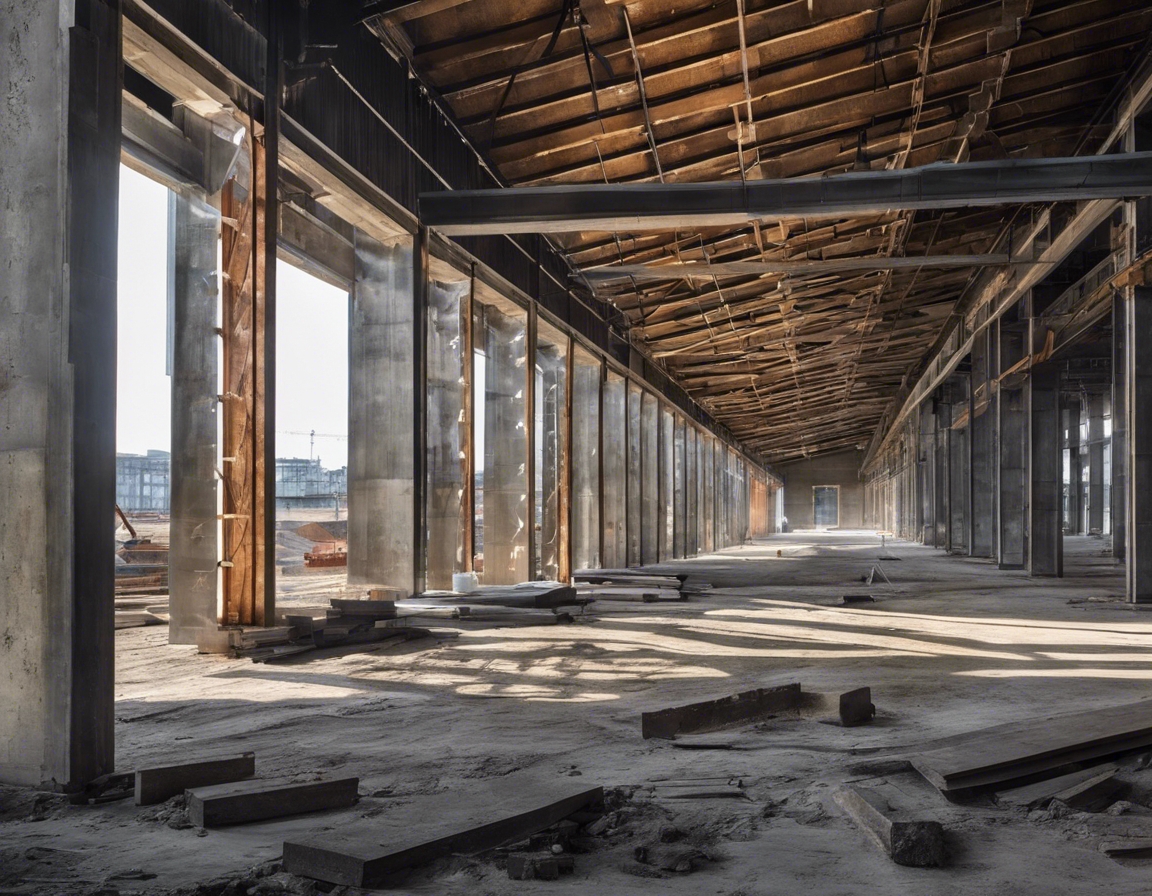The importance of choosing the right foundation for your building
The foundation of a building is arguably the most critical element of its structure. Serving as the interface between the earth and the building, it is designed to support the entire weight of the structure, ensuring stability and integrity over time. A well-designed foundation prevents settlement and movement that could lead to structural damage or failure.
Foundations come in various forms, including shallow foundations like slab-on-grade and deep foundations such as piles and caissons. The choice of foundation type is determined by the building's size, the nature of the load it must bear, and the properties of the soil or rock beneath the site.
Factors Influencing Foundation Selection
Soil analysis is essential in determining the appropriate foundation for a building. Factors such as soil type, bearing capacity, and water table levels must be considered to ensure the foundation can support the structure's load without excessive settlement.
The weight and distribution of the building's load play a significant role in foundation design. Engineers must account for both the dead load of the structure itself and the live load of its occupants and contents.
Climate factors such as freeze-thaw cycles, moisture levels, and the risk of natural disasters like earthquakes and floods can influence foundation design. A foundation must be resilient enough to withstand local environmental stresses.
Adherence to local building codes and regulations is mandatory. These codes ensure that foundations are designed to meet safety and performance standards specific to the region.
Foundation Materials and Techniques
Concrete and steel are the most commonly used materials in foundation construction. Their strength and durability make them suitable for a wide range of building types.
With a growing emphasis on sustainability, the construction industry is exploring alternative materials like recycled plastics and geopolymer concrete. These materials offer environmental benefits while maintaining the performance characteristics required for a solid foundation.
Technological advancements have led to the development of new foundation techniques, such as helical piles and micro-piles, which can be used in challenging soil conditions or to minimize environmental impact.
Professional Foundation Assessment and Planning
Expertise in foundation engineering is crucial for assessing site conditions and designing a foundation that will ensure the longevity and safety of a building. Professional engineers bring valuable knowledge and experience to the planning process.
A thorough site analysis by qualified professionals can identify potential issues before construction begins, saving time and money by preventing future problems.
Long-Term Implications of Foundation Choices
The right foundation choice is integral to the building's long-term durability and safety. A foundation that is well-suited to its environment and load requirements will help prevent structural issues and extend the building's lifespan.
While the initial cost of a foundation can be significant, the right choice can lead to savings in maintenance and repair over the life of the building. Investing in a proper foundation is investing in the future value and performance of the property.






Comments (0)